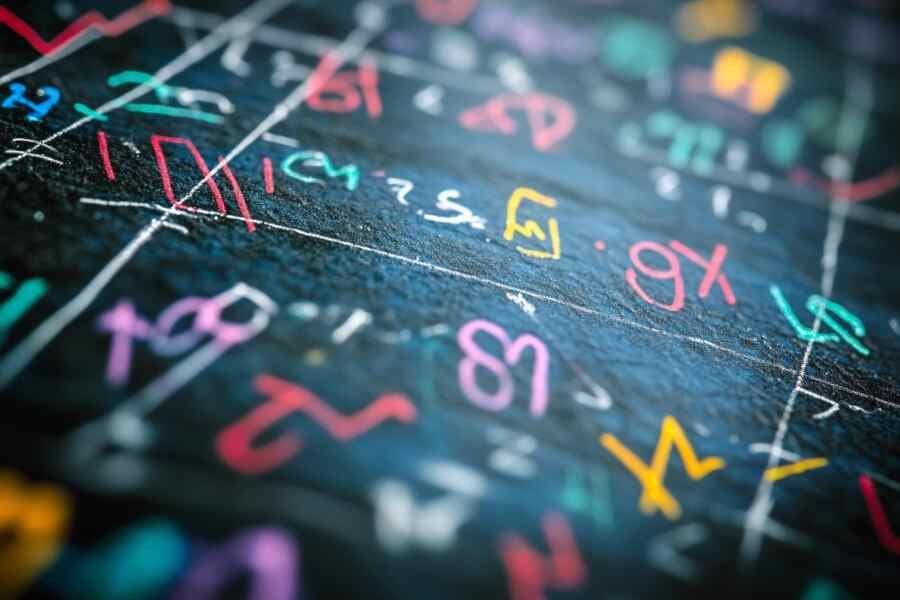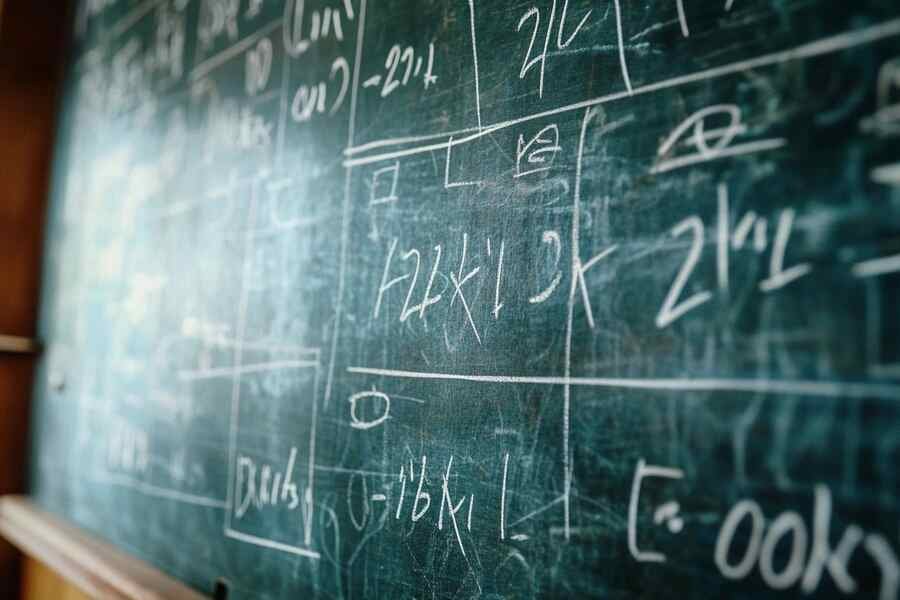Fibonacci Number
The Fibonacci number of sequence is famous, to the point of having inspired other constructions: a sequence of words, fractals, a tree… All these mathematical objects constitute inexhaustible grounds for discovery, even today. Fibonacci number denoted as Fn , form a series.
In mathematics, the Fibonacci sequence is a sequence of integers in which each successive term represents the sum of the two previous terms, and which begins with 0 then 1. The first ten terms that compose it are 0, 1, 1, 2 , 3, 5, 8, 13, 21 and 34. This simple logic suite is considered the very first mathematical model in population dynamics.
But if this sequence is so famous today, it is because it has an exponential growth rate that tends towards the golden ratio, a ratio symbolized by “φ”, associated with many aesthetic qualities within our civilization. Its exact value is (1+√5)/2, having as its first ten decimal places 1.6180339887… This ratio, considered the key to universal harmony, is declined and transposed by geometric shapes such as the rectangle, the pentagon and the triangle.
Sequence of Fibonacci number
The Fibonacci sequence is a sequence of integers in which each term is the sum of the two terms that precede it.
The first 21 Fibonacci numbers Fn are:
F0 _ F1 _ F ₂ F ₃ F ₄ F ₅ F ₆ F ₇ F ₈ F9 _ F 10 F 11 F ₁₂ F 13 F 14 F 15 F 16 F 17 F 18 F 19 F 20 0 1 1 2 3 5 8 13 21 34 55 89 144 233 377 610 987 1597 2584 4181 6765
The series can be extended to negative indices n using the reordered recurrence relation
Fn-2 = Fn – Fn-1
which gives rise to the series of “negafibonacci” numbers that satisfy
Fn = (-1)n+1 Fn
So, the two-way series remains
F -8 F -7 F -6 F -5 F -4 F -3 F -2 F −1 F0 _ F1 _ F ₂ F ₃ F ₄ F ₅ F ₆ F ₇ F ₈ -21 13 -8 5 -3 2 −1 1 0 1 1 2 3 5 8 13 21
Table of the first 50 Fibonacci numbers
n f n n f n n f n n f n n f n 1 1 11 89 21 10 946 31 1 346 269 41 165 580 141 2 1 12 144 22 17 711 32 2 178 309 42 267 914 296 3 2 13 233 23 28 657 33 3,524,578 43 433 494 437 4 3 14 377 24 46 368 34 5,702,887 44 701 408 733 5 5 15 610 25 75 025 35 9 227 465 45 1 134 903 170 6 8th 16 987 26 121 393 36 14 930 352 46 1 836 311 903 7 13 17 1 597 27 196 418 37 24 157 817 47 2 971 215 073 8th 21 18 2 584 28 317 811 38 39 088 169 48 4,807,526,976 9 34 19 4 181 29 514 229 39 63 245 986 49 7 778 742 049 10 55 20 6 765 30 832 040 40 102 334 155 50 12 586 269 025
In which fields is the Fibonacci sequence used? Questions and answers
It may surprise you, but it is used by a lot of software development teams, to estimate how long the development of a feature will take, for example.
Estimation
It all starts with an observation: we are generally very, very bad at estimating how long something will take.
If I ask you how long it would take you to bring a loaf of bread from the bakery next door, you’ll probably say something like “5 or 10 minutes”.
But a lot of unforeseen things can happen: the bakery may be closed, there may be a queue, there may be no more bread, you may have forgotten your wallet, your credit card may not go through, etc., etc.
Estimating a task
And again, we are talking here about estimating a task that you have already done identically, potentially hundreds of times.
In software development, we rarely do exactly the same thing twice (otherwise, why not use existing code?).
So when teams try to say “it’s going to take us X hours to develop this feature”, most of the time it’s miserably wrong.
And it’s not because people are bad, it’s just because exercise is inherently complicated.
The teams therefore realize that it is useless to be too precise in their estimates.
For example, there is too much uncertainty to say whether a given task will take more 7 hours or more 8 hours.
So the teams choose to make their estimates using only predefined values: 1 hour, 2 hours, 3 hours, 5 hours, 8 hours, 13 hours…
The Golden ratio
The golden ratio and the Fibonacci sequence are constants that overflow into many areas, some of which may seem very far from the world of mathematics. They indeed appear all around us in nature, within many biological forms; the branching of trees, the arrangement of leaves on a stem, the flowering of an artichoke, the arrangement of pine cones, or even the shell of a snail. Daisies also have, for the most part, a number of petals corresponding to the Fibonacci sequence.
These constants then integrated the cultural, artistic and architectural domains. Most artists, whatever their field, use the notion of proportion of the golden ratio which links their works, musical, artistic, architectural, photographic, with the geometric ratio.
Well known to the ancient Greeks, the golden ratio appears on the Pantheon. The pediment is in fact inscribed in a rectangle whose dimensions of the adjacent sides have the golden ratio as a ratio. We also find these constants in very famous works, in particular those of Leonardo da Vinci, such as The Mona Lisa and the Vitruvian Man; in the painting Parade de cirque by Georges Seurat, who used the first terms of the suite in his composition: a central character, two characters on the right, three musicians, five banners or five spectators at the bottom left, eight on the right. Also in poetry, a fib is a small poem, similar to a haiku, the number of feet of the first verses of which corresponds to the first numbers of the sequence 1, 1, 2, 3, 5, 8.
Sources: PinterPandai, MathIsFun, CueMath
Photo powered by Midjourney



